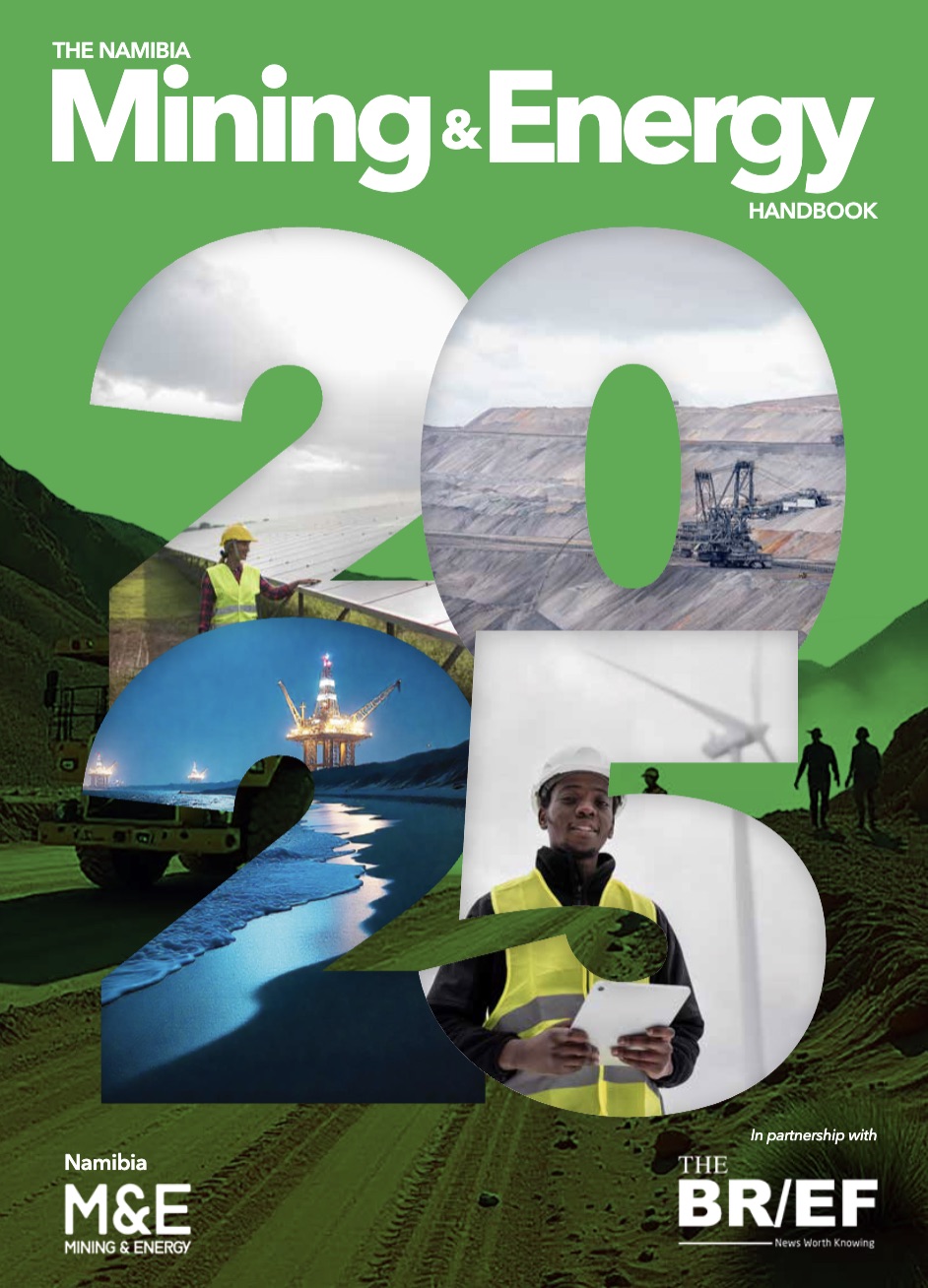
Namibia has set its sights on producing 150 million barrels of oil by 2030, according to the newly launched Sixth National Development Plan (NDP6), as the country ramps up its ambitions in the oil and gas sector.
NDP6 was launched by President Netumbo Nandi-Ndaitwah on Monday, outlining key national targets across multiple sectors, including energy.
The oil production goal follows major offshore discoveries in the Orange Basin since 2022, which have attracted significant exploration interest.
The country is estimated to hold 11 billion barrels of oil and 2.2 trillion cubic feet of natural gas. By 2024, 28 offshore and 10 onshore exploratory wells had been drilled, along with 15 appraisal wells, involving international oil majors in partnership with the National Petroleum Corporation of Namibia (NAMCOR).
“The goal is to optimise local participation in the oil and gas value chain. Additionally, the intention is to ensure the sectorʼs competitiveness in the global market. Desired Outcome by 2030, the oil production rate increased from 0 to 150 mmboe,” the NDP6 report states.
In addition to oil, the government plans to ramp up gas production to 130 million standard cubic feet per day over the same period. The strategy aims to create more than 22,000 jobs and increase Namibian participation in the sector to 15%, spanning upstream exploration, midstream infrastructure, and downstream activities such as refining and petrochemical production.
To achieve these goals, government will prioritise large-scale infrastructure development, including pipelines, refineries, storage facilities and export terminals. Legal and policy reform is also central to the plan, with a renewed regulatory framework intended to guarantee safety, environmental compliance and competitiveness.
Skills development is a key pillar of the strategy, with plans to strengthen technical and vocational education and training (TVET) as well as university programmes to prepare Namibians for roles across the industry.
“In addition, the strategy aims to foster innovation, create intellectual property, and establish innovation hubs at institutions of high learning,” the report adds.
The plan also integrates environmental sustainability, with the adoption of technologies such as carbon capture and storage (CCS) to align with global decarbonisation goals while expanding access to affordable energy.







